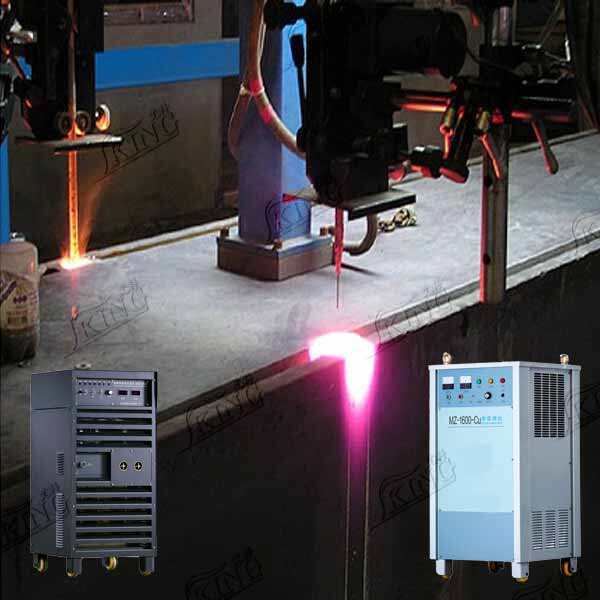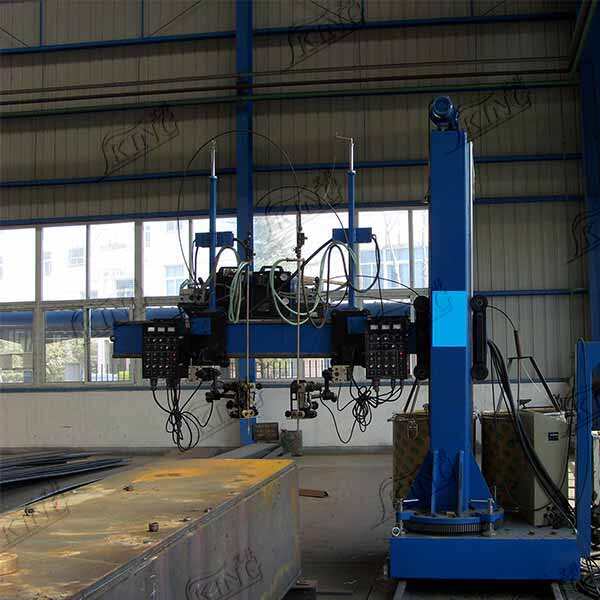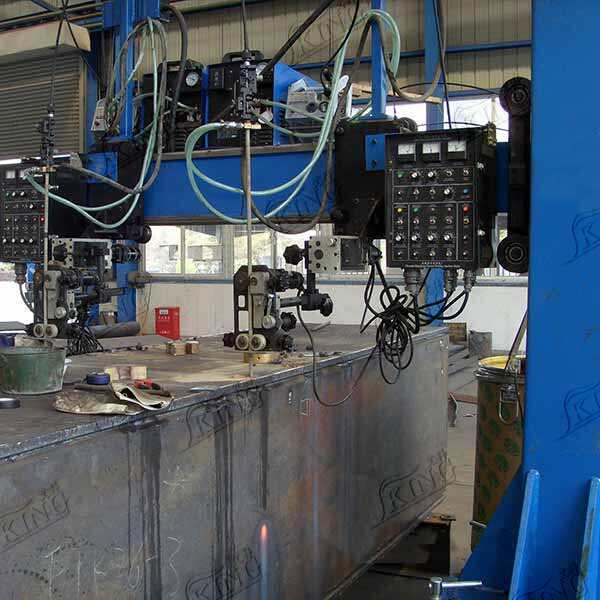longitudinal seam esw
Longitudinal seam ESW (Electro Slag Welding) represents a groundbreaking advancement in industrial welding technology, specifically designed for joining thick metal plates along their length. This sophisticated welding process utilizes electrical resistance and molten slag to create exceptionally strong, continuous welds in a single pass. The process begins with the careful alignment of two metal pieces along their longitudinal edges, followed by the introduction of a molten slag bath that conducts electricity between the workpieces. As the welding head progresses, it maintains a constant pool of molten metal and slag, ensuring complete fusion and penetration throughout the entire joint length. The ESW process is particularly valuable in manufacturing large-diameter pipes, pressure vessels, and heavy structural components where weld integrity is paramount. One of the most significant advantages of longitudinal seam ESW is its ability to weld materials ranging from 50mm to 300mm in thickness in a single pass, dramatically reducing production time and costs. The process also ensures consistent weld quality throughout the entire seam length, with minimal distortion and excellent mechanical properties.


